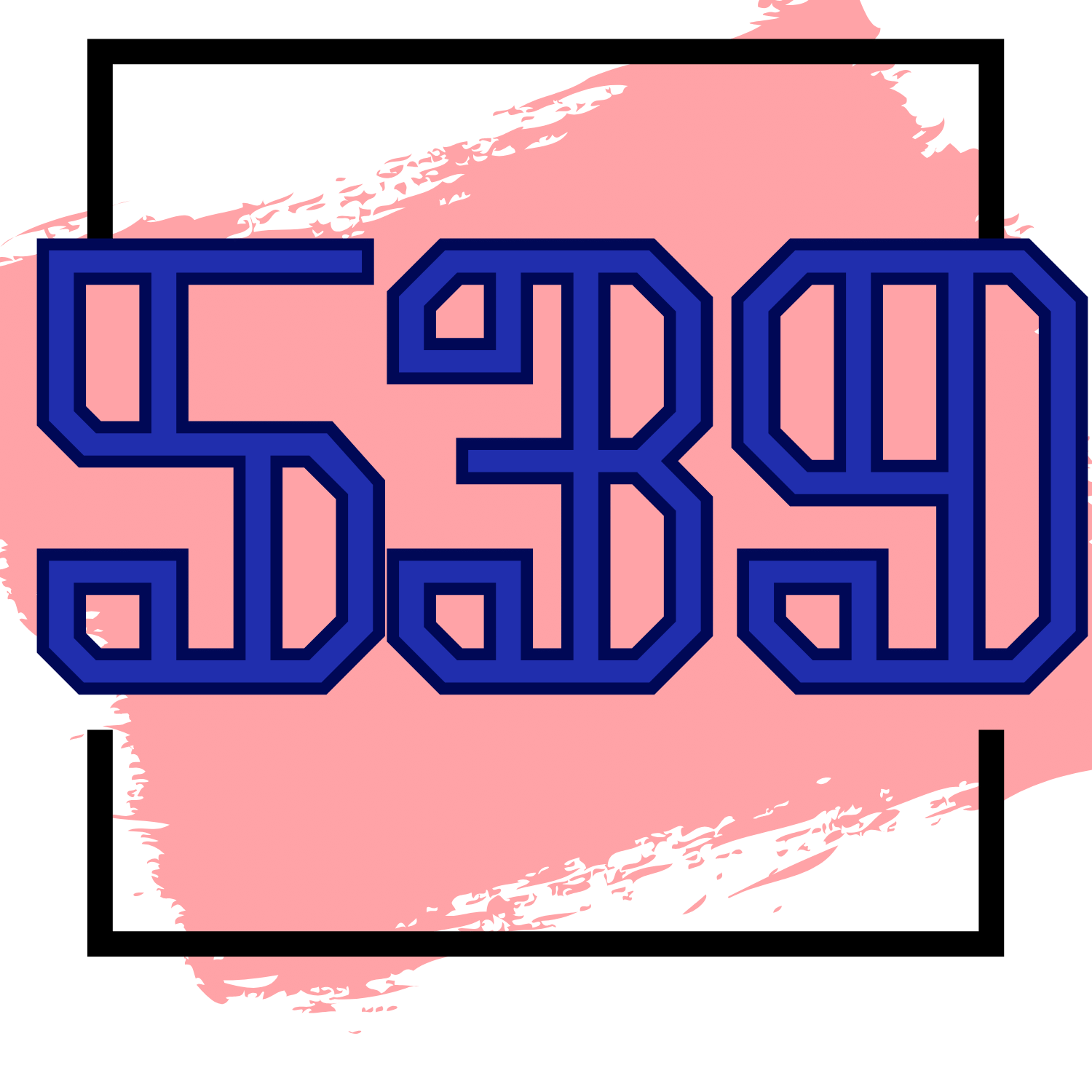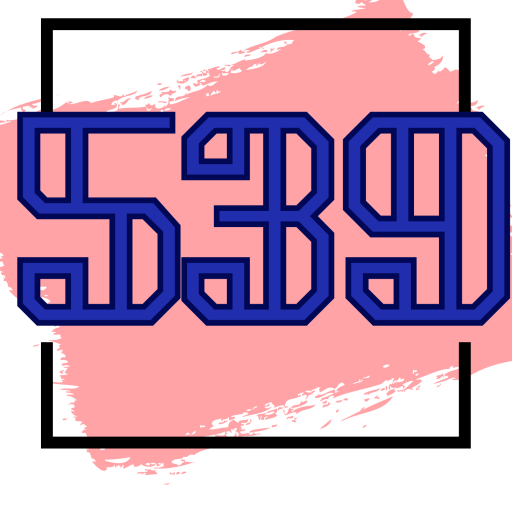Curious about the history and significance of area code 240?
Explore the origins and changes over time of this particular area code, its geographical coverage, reasons for implementation, and the impact on local businesses and residents.
Learn about proper dialing procedures and insights into the future of area code 240.
Discover more about this vital component of our communication system.
What is an Area Code?
An area code is a vital component of the telephone numbering system employed within the North American Numbering Plan to delineate specific geographic areas within a country. It plays a fundamental role in the telephone infrastructure by categorizing telephone numbers according to their geographic proximity, thus facilitating the effective routing of calls to their intended destinations.
Each unique area code corresponds to a distinct geographical area, such as a state or a prominent city, aiding callers in promptly identifying the general location associated with the number they are dialing. This systematic approach enhances the efficiency of connecting callers situated across varying regions and guarantees precise call direction to the designated recipients.
The implementation of area codes is essential in managing the extensive array of telephone numbers within a country, as it mitigates confusion and ensures the optimal routing of calls. Without the utilization of area codes, the coordination of telephone numbers would be considerably challenging, potentially resulting in inefficiencies and inaccuracies in call routing procedures.
Explanation of Area Codes and their Purpose
Area codes play a vital role in the accurate routing of local calls and are commonly linked with particular central offices and prefixes. These alphanumeric codes are integral in subdividing geographic areas into manageable segments to guarantee each region possesses its distinct set of telephone numbers.
The amalgamation of area codes with local prefixes contributes to a more systematic and effective dialing system, thereby enabling precise call routing. This structured system aids in mitigating number depletion by establishing a systematic framework for the allocation of phone numbers, consequently supporting efficient call handling and navigation within the telecommunications network.
History of Area Code 240
The introduction of Area Code 240 in Maryland was implemented as a component of an overlay plan designed to alleviate the depletion of available numbers within the preexisting 301 area code, which was previously overseen by Bell Atlantic.
Origins and Changes Over Time
The inception of Area Code 240 can be traced back to 1997 when it was implemented as a supplement to the 301 area code in Maryland in response to the rising demand for telephone numbers.
Over time, the administration of the area code was transferred from Bell Atlantic to Verizon as the landscape of telecommunications continued to develop. This transition prompted a shift in the management of the numbering plan, resulting in improvements to meet the escalating requirements for telephone services in the region. With technological progress and the increasing need for telephone numbers, adjustments were made to the numbering plan to ensure effective resource allocation and seamless communication for residents and businesses in the Maryland area.
Geographical Coverage of Area Code 240
Area Code 240 encompasses a substantial area in western Maryland, including territories within the Greater Washington metropolitan area and adjacent regions of Virginia.
Counties and Cities Included
The telephone Area Code 240 serves a variety of counties and cities, including Cumberland, Frederick, Hagerstown, Gaithersburg, Potomac, and Germantown, among others.
Cumberland, situated in the western region of Maryland, is renowned for its historical allure and plentiful outdoor recreational opportunities.
Frederick, the area code’s largest city, features a lively downtown area replete with distinctive shops and eateries.
Hagerstown, located in the heart of the Cumberland Valley, is celebrated for its significant Civil War heritage.
Gaithersburg, a city marked by its diversity and growth, hosts the annual Book Festival and places a strong emphasis on community events.
Finally, Potomac and Germantown are affluent suburban areas known for their outstanding educational institutions and picturesque residential neighborhoods.
Reasons for Area Code 240
The establishment of Area Code 240 was prompted by rapid population expansion and the heightened demand for phone numbers. This surge in demand resulted in the depletion of available numbers within the initial 301 area code.
Population Growth and Increased Demand for Phone Numbers
The population growth in Maryland, along with the expanding number of telephone services, led to the depletion of available numbers within the 301 area code. Consequently, the 240 area code was introduced to accommodate this surge in demand for telecommunication services.
The escalation in population resulted in a heightened need for both landline and wireless services, placing strain on the existing resources in the 301 area code. The rapid evolution of technology, particularly the widespread adoption of cell phones, further compounded the situation, necessitating the establishment of the new 240 area code. The requirement for additional telephone numbers to meet the needs of the growing population and the escalating dependency on telecommunications services became apparent, prompting regulatory authorities to designate the 240 area code to alleviate the mounting demand for communication channels in the region.
Impact of Area Code 240
The introduction of Area Code 240 had substantial impacts on local businesses and residents, necessitating modifications to dialing protocols and necessitating updates from service providers to accommodate new central offices and prefixes.
Effects on Local Businesses and Residents
The introduction of Area Code 240 necessitated local businesses and residents to modify their dialing procedures and adapt to changes in central office assignments. This transition to a new area code not only entailed individuals updating their contact information but also imposed a practical obligation on businesses to adjust their signage, update marketing materials, and modify customer communications.
Service providers played a pivotal role in facilitating this transition by offering guidance on the required changes, assisting with reprogramming phone systems, and ensuring a seamless switch for their clients. The effective coordination between providers and customers played a vital role in minimizing disruptions and ensuring a smooth adjustment to the new area code.
How to Identify and Dial Numbers with Area Code 240
The process of making calls within or to an area with the Area Code 240 necessitates the identification of the specific area code and adherence to the prescribed dialing protocols for local and long-distance calls, which encompasses the utilization of suitable central office prefixes.
Proper Dialing Procedures
The correct dialing procedures for Area Code 240 necessitate users to dial the full 10-digit number for local calls, which encompasses the area code and central office prefix.
The implementation of this 10-digit dialing system was initiated to facilitate a seamless transition to new area codes such as 240 and 301, while also accommodating the escalating number of phone lines in the region. It is worth noting that various carriers may have slight deviations in their dialing procedures; for instance, certain carriers may mandate the inclusion of an initial ‘1’ before the area code. Users may encounter challenges such as misdialing or uncertainty regarding the requirement to input the complete number. However, adherence to the 10-digit dialing regulation is imperative for the successful completion of local calls and the facilitation of efficient communication.
Future of Area Code 240
The future of Area Code 240 may witness additional modifications to accommodate ongoing expansion and technological progress, which could potentially involve the implementation of new area codes and enhanced services from providers.
Predictions and Potential Changes
Forecasts regarding the future of Area Code 240 indicate potential developments such as the introduction of new area codes and enhanced services by providers. These advancements are expected to be fueled by continuous technological progress and the escalating utilization of wireless and internet services.
As these technological evolutions persist, it is probable that the demand for telephone numbers and communication services will experience an upsurge. This surge in demand may necessitate the further expansion of the area code system to accommodate the expanding population and business landscape. The increasing prevalence of improved internet services and wireless connectivity may instigate a transition towards virtual phone systems and Voice over Internet Protocol (VoIP) technologies, potentially diminishing the reliance on conventional landlines. These transformations have the potential to cultivate a more dynamic and efficient communication infrastructure, presenting innovative solutions for both individuals and organizations.
Frequently Asked Questions
What is area code 240?
Area code 240 is a telephone area code in the United States that covers the western and southern parts of Maryland, including the cities of Bethesda, Frederick, Gaithersburg, and Silver Spring.
When was area code 240 established?
Area code 240 was established in 1997 as an overlay of area code 301 to meet the increasing demand for telephone numbers in the region.
What regions are covered by area code 240?
Area code 240 covers the western and southern parts of Maryland, including the counties of Frederick, Montgomery, and parts of Prince George’s and Howard counties.
Do I need to dial the area code when making a local call within area code 240?
Yes, since 2001, 10-digit dialing (area code + 7-digit number) has been required for all calls within and between area codes 240 and 301.
Can I keep my current phone number if I move to area code 240?
Yes, you can keep your current phone number when moving to area code 240, but you may be assigned a new phone number with the area code as an overlay.
What should I do if I receive a call from area code 240 that I don’t recognize?
If you receive a call from area code 240 that you don’t recognize, you can use a reverse phone lookup service to identify the caller and decide whether or not to answer the call.


